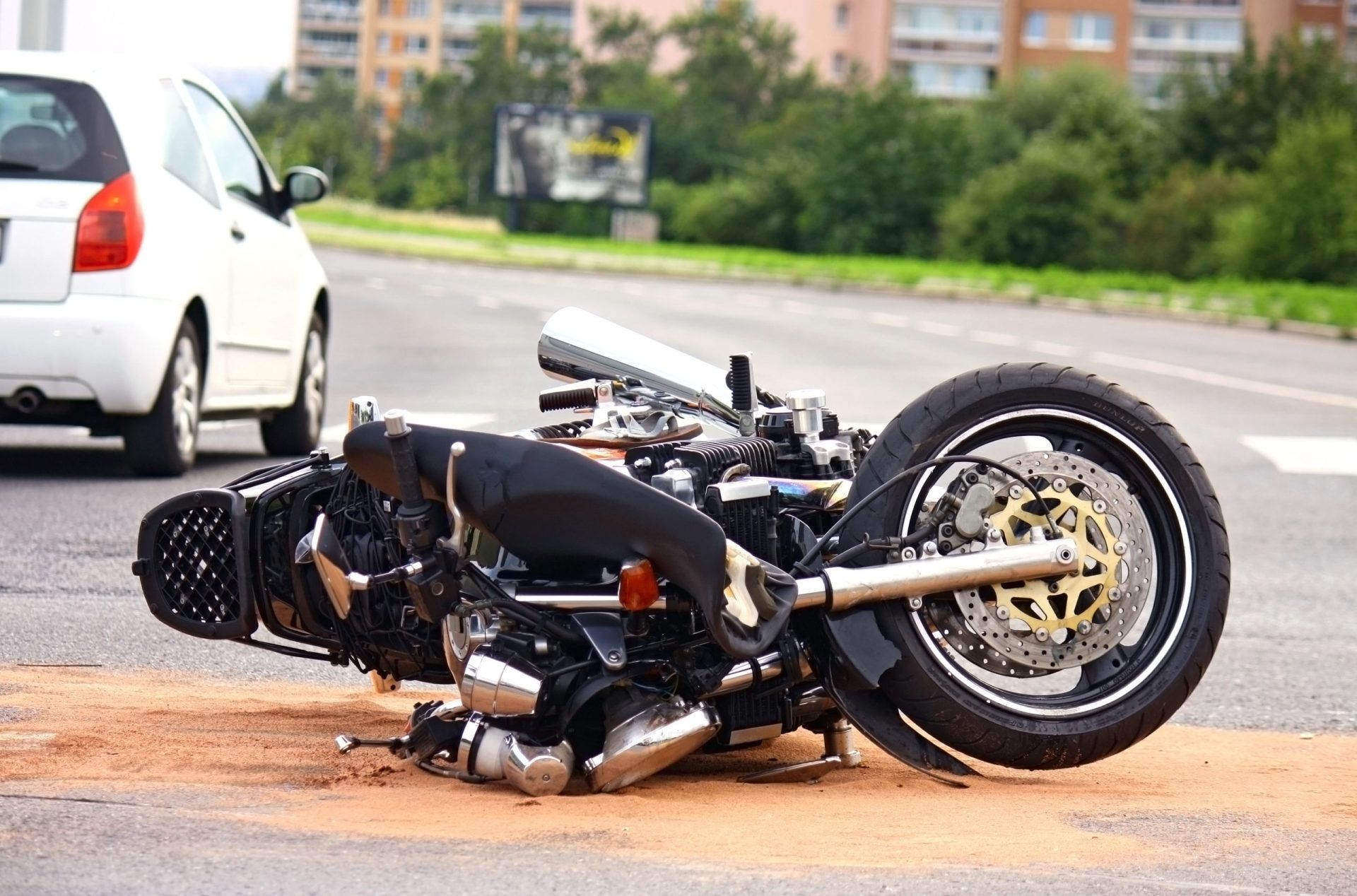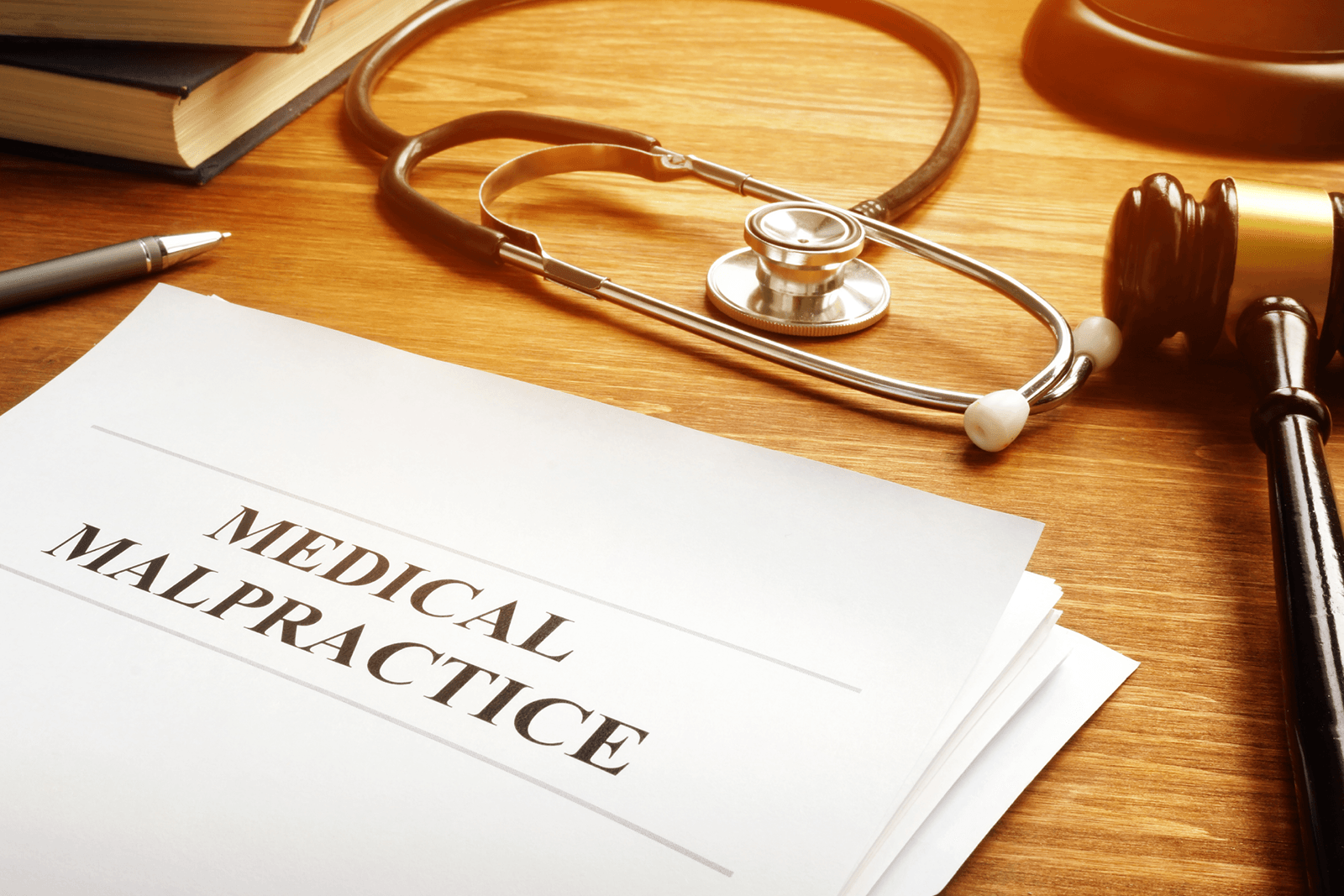Common Causes of Semi Truck Accidents in Illinois
Some of the most dangerous accidents on the road today are caused by large commercial trucks. Every year, many people are killed in semi truck accidents and even more are seriously injured. It can be important to know common types of trucking accidents as you share the road with these large vehicles, but it can be just as crucial to know what usually causes these accidents. Whether you are a commercial truck driver, or you drive a typical passenger car, this blog is for you.
FEDERAL & ILLINOIS STATE LAW
Large truck drivers have an increased responsibility to drive safely just due to the size and weight of their vehicles. Commercial trucks in Illinois operate under both state and federal law. However, there are times when the state law differs. For example, the federal law states that interstate truckers must be 21 years old to legally operate a commercial truck, but in Illinois, the legal age is 18. Interstate truckers, those that drive across multiple states, are primarily regulated by the United States Department of Transportation (USDOT) and Federal Motor Carrier Safety Administration (FMCSA). State law primarily regulates commercial trucks that operate only within one state and have a gross vehicle weight rating of over 18,000 pounds. This includes delivery trucks, garbage trucks, school buses, dump trucks, gas trucks, and more.
Illinois commercial trucking laws place regulations on these vehicles to control how they operate on the road. Examples include:
- Specialized driving tests
- Lower speed limits on highways
- Weight limits
- Insurance requirements
- Lower Blood Alcohol Content (BAC) allowed
- Towing limits
- Driver age
- Trucking routes
- Restrictions on hours-of-service
These are just some examples of the regulations put in place in Illinois specifically for commercial truck drivers. Trucking companies must comply with these regulations to avoid fines and other penalties, but more importantly, to keep people safe.
COMMERCIAL TRUCK DRIVER ERROR
Despite the responsibilities and regulations explained above, commercial truck drivers are prone to many of the same driver errors as anyone else on the road. Here are some of the most common driver errors:
- Fatigue – This is the most common cause of trucking accidents due to the long hours that drivers normally drive with minimal rest. The companies that they are driving for have strict schedules and deadlines and sometimes drivers underestimate their level of fatigue and choose to keep driving when they should pull off and rest.
- Driving Under the Influence – Driving while impaired by alcohol or drugs has been shown to be a major cause of accidents. Sometimes the issue is illegal drugs, but prescription drugs can also be a concern when they effect coordination and judgement.
- Vehicle Maintenance – Maintaining large commercial trucks is usually the responsibility of the trucking company, but it is up to the driver to notify the company of any issues. In most cases the maintenance checks aren’t done as often as they should be due to the time and money required.
- Speeding – Trucking companies are paid to deliver their goods on time and in good condition. Given that this is the nature of the business, it’s not hard to see that truck drivers are being incentivized to drive unsafely. The quicker they get to their destination, the better. However, this can lead to dangerous speeding and driving techniques. The pressure can also lead to cutting corners on some of the regulations explained earlier.
- Inadequate Training – While there are strict regulations on the training required to drive commercial trucks, that doesn’t mean all truck drivers have the same safety concerns and defensive driving techniques.
SHARING THE ROAD WITH PASSENGER VEHICLES
If you aren’t a commercial truck driver, you may be wondering how any of this pertains to you. Well, studies show that 81% of trucking accidents caused by driver error are actually due to the passenger vehicle. A passenger vehicle weighs an average of 4,000 pounds, while an 18-wheeler can weigh up to 80,000 pounds. It’s easy to see how trucking accidents can lead to catastrophic injuries and death. Therefore, it’s important to know how to safely share the road to avoid accidents. Below are some unsafe driving techniques that should be avoided by passenger vehicles when driving near a large truck:
- Driving in the areas directly behind and beside a commercial truck. These are usually areas of little to no visibility for the truck driver.
- Quickly cutting off a truck. Large trucks take much longer to come to a stop than a regular passenger vehicle. Changing lanes abruptly in front of a large truck greatly increases your chances of being rear-ended should a sudden stop be required.
- Driving between two large trucks
- Unsafe passing
- Merging improperly in traffic
The Federal Motor Carrier Safety Administration (FMCSA) has made it their goal to reduce crashes, injuries and fatalities involving large trucks. If you want to learn more about how you can stay safe on the road, click here. If you have been injured in a trucking accident, it is always best to seek out a personal injury attorney in your area.
WHITESIDE & GOLDBERG, LTD.
Even if you do follow all of the advice in this article, it is still very possible to find yourself in semi truck accidents. Proving fault in a trucking accident case may sound simple, but it is often a complex matter that requires the assistance of an experienced injury attorney. Contact Whiteside & Goldberg, Ltd. if you or a loved one are a victim of a trucking accident in the Chicago area.
Whiteside & Goldberg, Ltd. works hard to get you the settlement you deserve. They offer a free consultation and do not charge you anything until you win a settlement. The experienced attorneys at Whiteside & Goldberg, Ltd. fight to secure your financial future. For more information on car accident lawsuits, call 312-334-6875 for the Whiteside & Goldberg Michigan Avenue location and 815-730-7535 for their Shorewood office. You should never battle a trucking accident case without an excellent attorney by your side.
The content of this blog is intended for informational purposes only and does not constitute or establish an attorney-client relationship, nor constitute legal advice. If you wish to discuss any further aspect of the material contained herein, please contact an attorney at Whiteside & Goldberg, Ltd.





